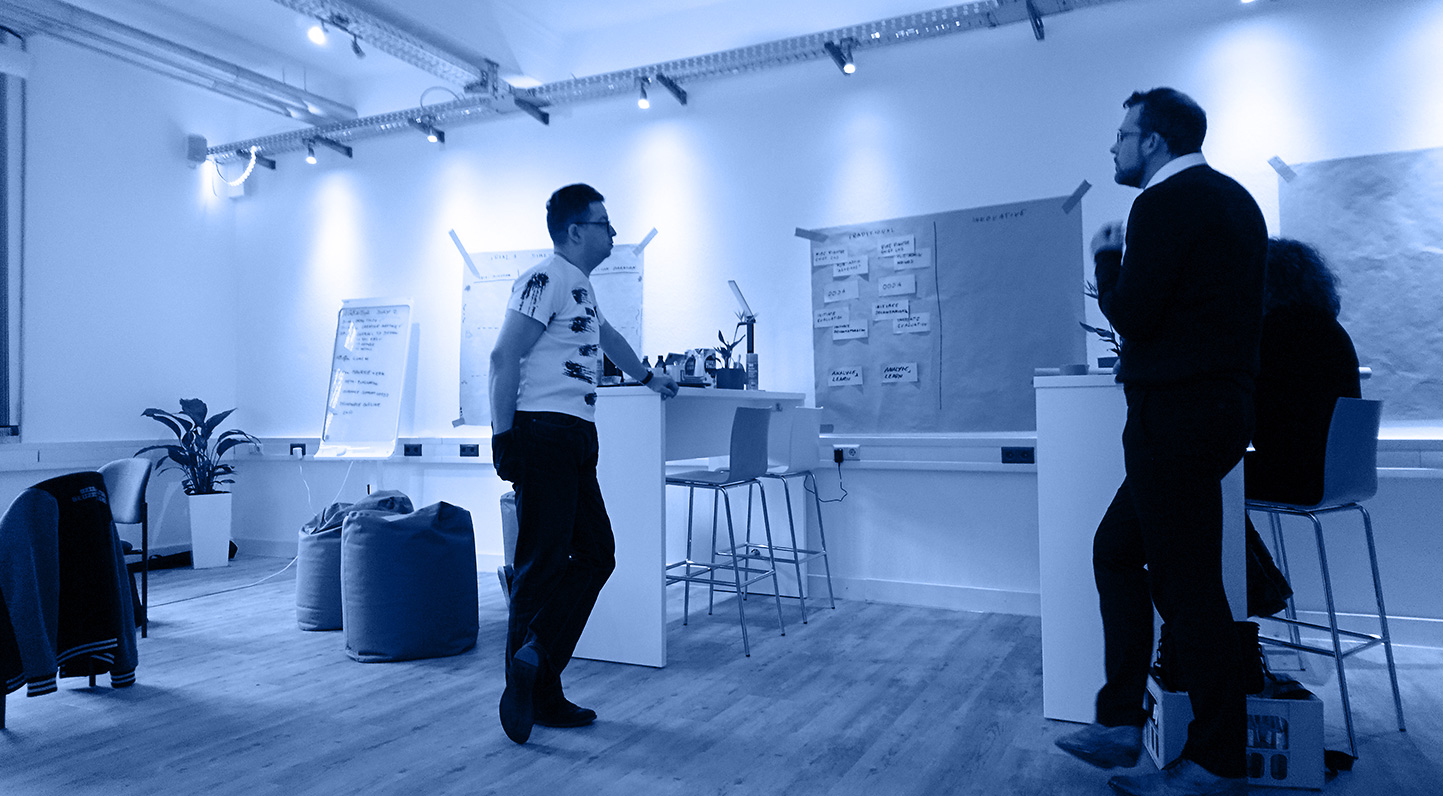aspects and determine
your evaluation approach
trial owner
In a nutshell
What this step
is about
By formulating a SMART objective you have defined “what” you want to achieve/investigate in your trial. Now you need to formulate research questions that
address what you are trying to find out in your trial. The aim of this step is to identify the proper mix of research methods and data analysis techniques, taking the trial conteext into account.

In depth
All you need to know
about this step
While your trial objective(s) might seem a little general, now you can go into detail. If you are e.g. interested in a communication problem between hierarchical levels during construction fires, you can now dive deeper into the problem by identifying the underlying gap: Is it a connectivity problem? Do they use different languages (phrases, words)? In an interactive discussion with your CM practitioners, you will naturally formulate questions. This will help you to identify the data that must be collected. For example When? means you need to measure time. How? might lead to intensive observations in combination with some data logged by the test-bed technical infrastructure.
The wording can also help you to select the functionality you are actually looking for in an innovative solution. For example: Do you need an amplifier or a vocabulary trainer or something entirely different?
Here you can find a list of criteria to formulate a good research question:
- Needs to be a question
- Needs to address a distinct gap of the trial
- Needs to cover the three dimensions of trials
- Trial dimension
- Crisis management dimension
- Solution dimension
- Must not be scenario-driven
- Needs to be answered and measurable by the trial
- Needs to be understood and approved by all trial stakeholders
- Scenario and evaluation are directly related to the research-question
- Can be organised in a multi-level hierarchical structure
- Is formulated simple (but is not always easy to answer)
Methods
Workshop, discussions,
societal impact assessment,
research ethics, 3 dimensions & KPI’s
Tools
Physical meeting, teleconferences,
mindmaps, pen & paper, trial guidance tool,
trial action plan, knowledge base
Input
Trial context, CM gaps,
SMART, trial objective(s)
Output
One or more research questions
Checklist
- Cross-checked whether every gap is covered by (at least one) research question
- Checked that each research question meets the above mentioned research question criteria
- Checked whether each research question is updated with the newest information (while following the iterative, co-creative six step approach)
